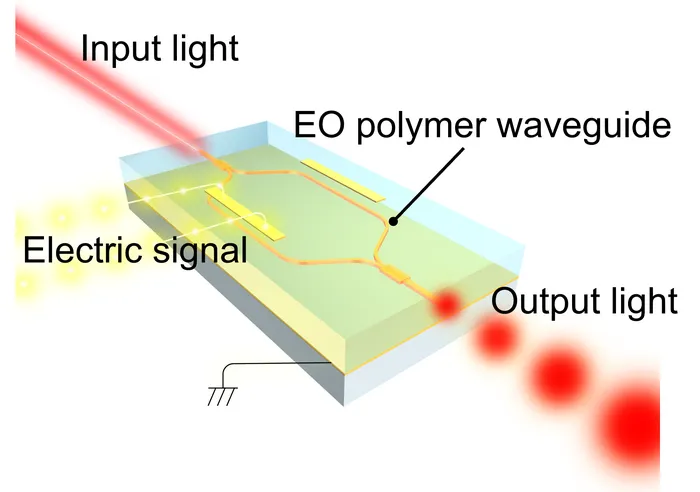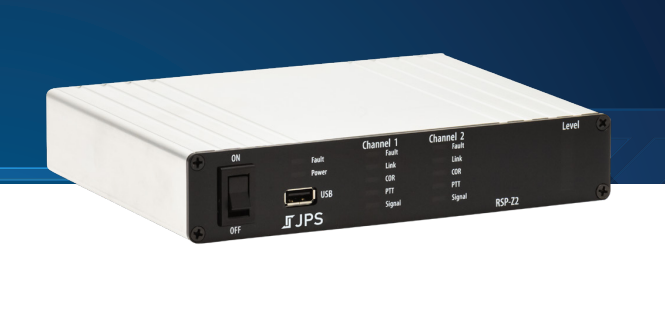electro optics
electronics warfare
infrared
laser
military
military communications
aerospace, AtmosphericAbsorption, defensetechnology, EducationalTechnology, electromagneticspectrum, ElectroOptics, Emissivity, EO, FootCandle, infrared, IR, LearnScience, LightScience, Lux, militarytechnology, MissileWarningSystems, NightVision, OpticalEngineering, OpticalTechnology, Optics, Photonics, physics, PlanckLaw, QuantumPhysics, Radiometry, Reflectance, RemoteSensing, ScienceEducation, Sensors, SpectralAnalysis, Spectroscopy, StefanBoltzmannLaw, STEM, surveillance, TechEducation, ThermalImaging, Ultraviolet, UV, VisibleLight, Wavelength, WiensLaw
9M2PJU
0 Comments
Decoding the Invisible: Principles of Electro-Optics
In the realm of modern technology, particularly within military and surveillance applications, Electro-Optics (EO) plays a pivotal role. For aircrew, naval warfare officers, and field operators, a robust understanding of EO principles is not just beneficial; it’s essential. This knowledge empowers them to leverage their equipment effectively, adapt to changing conditions, and make informed decisions in critical scenarios. At a strategic level, battle management teams must grasp the nuances of EO to optimize asset deployment and avoid costly missteps.
What is Electro-Optics?
At its core, Electro-Optics is the science and technology that deals with the emission, detection, and manipulation of light, specifically in the infrared (IR), visible, and ultraviolet (UV) regions of the electromagnetic spectrum. It bridges the gap between optics and electronics, utilizing electronic components and techniques to enhance and process optical signals.
Unlike traditional optics, which primarily focuses on visible light, EO extends its reach into the invisible realms of IR and UV radiation. This expansion unlocks a wealth of information that would otherwise remain hidden, offering crucial advantages in various applications.
Understanding the Electromagnetic Spectrum: Wavelength vs. Frequency
In EO, we often characterize different types of radiation by their wavelength (λ), measured in microns (μm). While frequency is another fundamental property, wavelength is more commonly used in this field. This preference stems from the practical advantages of wavelength measurements in optical systems.
The Duality of EO Radiation: Reflected and Emitted
EO radiation manifests in two primary forms: reflected and emitted. Understanding this duality is crucial to interpreting EO data.
- Reflected Radiation: This type of radiation relies on external illumination, primarily from the sun or artificial sources like searchlights. Sunlight, while predominantly visible, also contains small amounts of IR and UV radiation. Our eyes, excellent detectors in the visible spectrum, struggle in low-light conditions, limiting our ability to perceive reflected radiation at night.
- An object’s visibility against its background depends on its reflectance, size, shape, and distinct features.
- Emitted Radiation: All objects with a temperature above absolute zero emit their own electromagnetic radiation. This emitted radiation, unlike reflected radiation, is independent of external illumination and remains constant day and night.
- Emitted radiation spans the entire EO spectrum, with IR radiation dominating at wavelengths above 3.5 μm. This property is particularly valuable for night vision and thermal imaging applications.
Navigating the EO Spectrum: Visible, IR, and UV
Let’s delve deeper into each segment of the EO spectrum:
- Visible Light: This is the portion of the spectrum our eyes can perceive. It’s measured in units like Lux (metric) or Foot-candles (empirical), quantifying illumination levels.
- The amount of visible light available depends on factors like time of day, latitude, weather conditions, and the reflectance of the subject.
- Reflectance, the ratio of reflected to incident light, varies significantly depending on the surface material. For instance, snow reflects a much higher percentage of light than wet sand.
- The light collecting power of an optical system determines how well it performs in low light conditions. This is often tied to the size and sensitivity of the EO equipment.
- Infrared (IR) Radiation: IR radiation, emitted by all objects above absolute zero, is the cornerstone of thermal imaging.
- The concept of a “blackbody,” an ideal emitter and absorber of radiation, helps us quantify IR emissions. Real-world objects, known as “grey bodies,” have emissivities less than 100%.
- Planck’s Law, Stefan-Boltzmann Law, and Wien’s Displacement Law are fundamental to understanding the relationship between temperature and IR radiation.
- Stefan-Boltzmann Law: W=ϵσT4 where W is the total radiance, ϵ is the emissivity, σ is the Stefan-Boltzmann constant, and T is the temperature in Kelvin. This law states that the total radiant emittance increases rapidly with temperature.
- Wein’s Displacement Law: λmaxT=2898 This explains the relationship between peak wavelength and temperature.
- Atmospheric absorption, primarily due to water vapor, affects IR transmission. However, “IR windows” exist where transmission is relatively high, notably in the 1.5-2.5 μm, 3.0-5.0 μm, and 8.0-14.0 μm ranges.
- Ultraviolet (UV) Radiation: Most of the sun’s UV radiation is absorbed by the ozone layer. Detectable UV radiation typically originates from man-made sources, such as missile plumes.
- UV radiation is heavily absorbed by the atmosphere, limiting its range compared to IR systems.
- UV detection is used in missile warning systems, exploiting the UV signature of hot plumes.
The Importance of Atmospheric Absorption
Atmospheric absorption significantly impacts EO radiation, particularly in the IR spectrum. Water vapor and other gases absorb specific wavelengths, creating variations in transmission. The concept of “IR windows” highlights wavelengths with minimal absorption, which are crucial for designing effective IR systems.
Conclusion
A thorough understanding of EO principles is paramount for anyone working with EO equipment. By grasping the nature of reflected and emitted radiation, the characteristics of visible, IR, and UV light, and the impact of atmospheric absorption, we can optimize the use of EO technology and unlock its full potential. From military operations to scientific research, EO continues to revolutionize how we perceive and interact with the world around us.







Post Comment